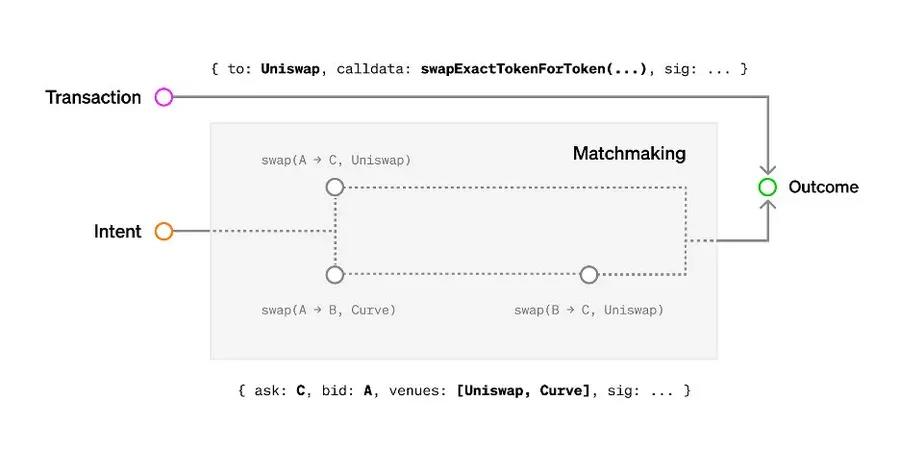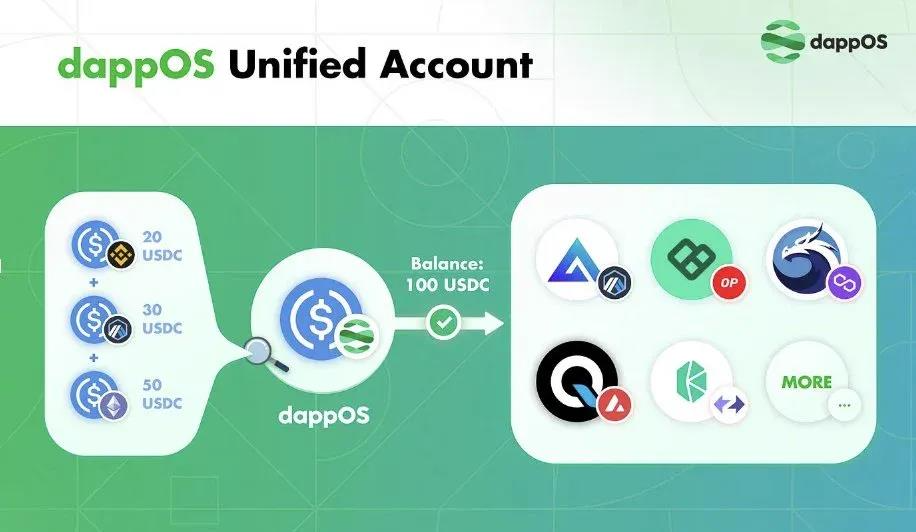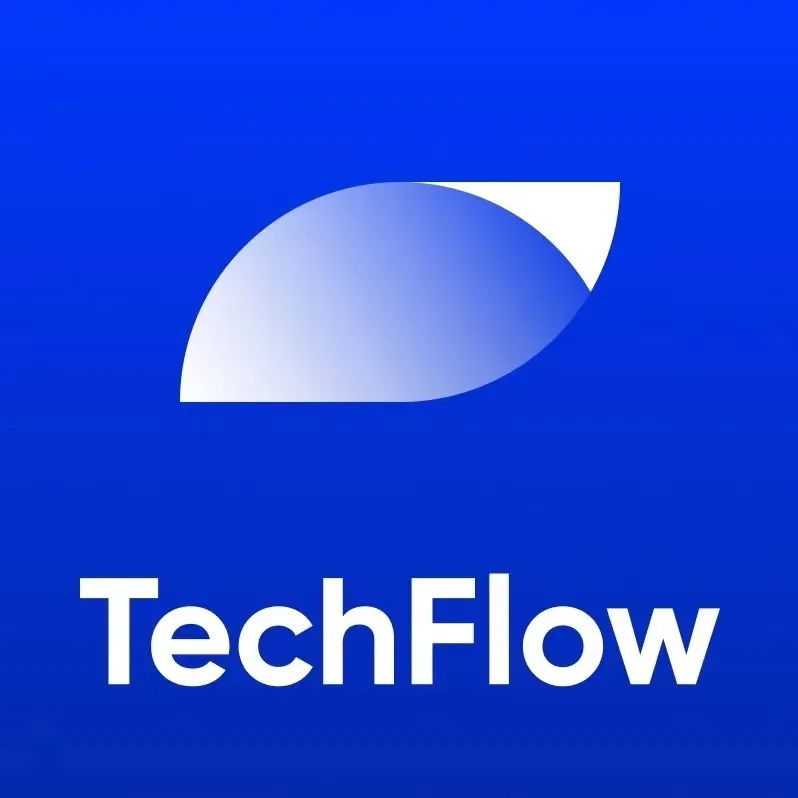Intent-Centered: What projects are worth paying attention to?
Written by: THE DEFI SAINT
Compiled by: Deep Tide TechFlow
"What will attract the next wave of users into DeFi?"
This question has been asked countless times.
The answer is simple; first, we should return to the fundamentals, because if the basic issues are resolved, anything else can attract the next wave of users into DeFi. From account abstraction to chain abstraction, and then back from chain abstraction to account abstraction, ultimately returning to the fundamentals.
So in this article, I introduce you to "intention" or more precisely, "intention-centric," summarizing that user priorities now outweigh everything else.
Paradigm sees the future and is currently exploring this narrative.
DeFi is maturing rapidly, and every day we see new narratives emerging; some come and go, some are influential, while others become places for malicious actors to profit from the market.
"Intention-centric" will forever change DeFi, providing a seamless CeFi experience for the entire DeFi ecosystem, and even more. Ordinary DeFi users do not understand many protocols, nor do they comprehend strategies like DeFi experts do. DeFi is designed for everyone, and to achieve mass adoption, it needs to offer a more seamless experience than CeFi. This could be account abstraction, chain abstraction, and so on. In short, "intention-centric" has always been a missing piece.
The user experience in DeFi is terrible. This is why most ordinary users prefer to trade, stake, and so on using centralized exchanges. Centralized exchanges are chain-agnostic, and you don’t even need to approve multiple transactions before completing any actions.
This alone can save users countless fees. All of this, along with many other dilemmas users face, will come to an end with the arrival of "intention-centric," as this transition will shift from transaction-based interactions to intention-based approaches.
Typically, a user initiates a transaction, which must follow a set of computational algorithms until it is finalized. For example, a user with USDT on BSC who wants to stake $ETH using LIDO would follow these steps:
The user first bridges $USDT to Ethereum;
Then exchanges $USDT for $ETH on Ethereum;
Finally deposits on LIDO. Or a more complex scenario like this.
Throughout the process, the user must click multiple times, approve transactions, exchange, and deposit. Some users may find this process difficult to understand, but through an intention-centric approach, it eliminates the barriers users encounter during operations, allowing them to complete these steps without personally experiencing these difficulties.

The image above shows the clarity between user-submitted transactions and user-submitted intentions. Through intention, users can clearly specify their goals. I would summarize it simply as "Complete this task; I don’t care how you do it, just get it done."
Here are some key players building intention-centric approaches:
Anoma is building an intention-centric blockchain, and Flashbot is developing an intention-centric infrastructure called "SUAVE."
Flashbot raised $60 million in a funding round led by Paradigm to build SUAVE. SUAVE is a decentralized network and MEV optimization innovation.
Some intention-like approaches already exist and are emerging in new forms, including:
Limit orders;
Cowswap-style auctions;
Delegation;
Aggregators;
Batch trading;
Gas subsidies;
Chainlink CCIP.
In addition to blockchains like Anoma and infrastructures like Suave, when it comes to Dapps, dappOS is already building this future. Where is this future headed? Account abstraction is a great example of intention, but it’s just the tip of the iceberg.
Chain abstraction is also similar to account abstraction but more complex. dappOS V2 is an intention protocol that leverages both. Below is an example of a user flow for an intention-layer Dapp.

dappOS is an operational protocol designed to simplify the user experience when interacting with dApps. The upcoming dappOS V2 will introduce dappOS accounts and the dappOS network, providing a CeFi-like experience.
This is why they conducted a Pre-Seed funding round through Binance Labs in June.
On July 21, they further announced a seed funding round co-led by IDG Capital and Sequoia China, with a valuation of $50 million.
dappOS has attracted the attention of many well-known venture capital firms and Binance, as people believe dappOS will lead a new wave of "intention-centric" approaches.
Let’s explore the dappOS V2 technology and see how it eliminates the fragmentation barriers introduced by multiple chains through chain abstraction.
Let’s explore the dappOS V2 technology and see how it is progressing towards this goal:
dappOS V2 technology eliminates the fragmentation barriers introduced by multiple chains through chain abstraction.
Each account is unified, and users only need to focus on the total asset amount rather than various assets across chains. dappOS V2 provides users with a CeFi-like experience, where once funds are deposited, there is no need to differentiate based on different chains.

A typical scenario for dappOS's intention-centric approach is when a user has no assets on Arbitrum/Avalanche but wants to interact with GMX. Thanks to the unified account in dappOS V2, the user can achieve their intention to interact with GMX by calling assets from other chains.
The intention to interact with GMX is straightforward, but when it involves multi-chain operations, the corresponding transactions involve a series of complex and time-consuming actions. With dappOS, users can seamlessly fulfill their "intention" with just one signature.
dappOS V2 introduces one-click multi-transactions, or what they call "one signature completes all operations." This also addresses the user's intention by eliminating the barriers they must overcome step by step before completing the txn request.
These are just some of the things we will soon see in dappOS V2 technology. A future based on the "intention-centric" narrative needs to cover many aspects, including account abstraction, chain abstraction, and more, all of which are sub-layers of intention. The future of DeFi will be based on an "intention-centric" approach, and I am very optimistic about these narratives and the protocols that leverage them.












